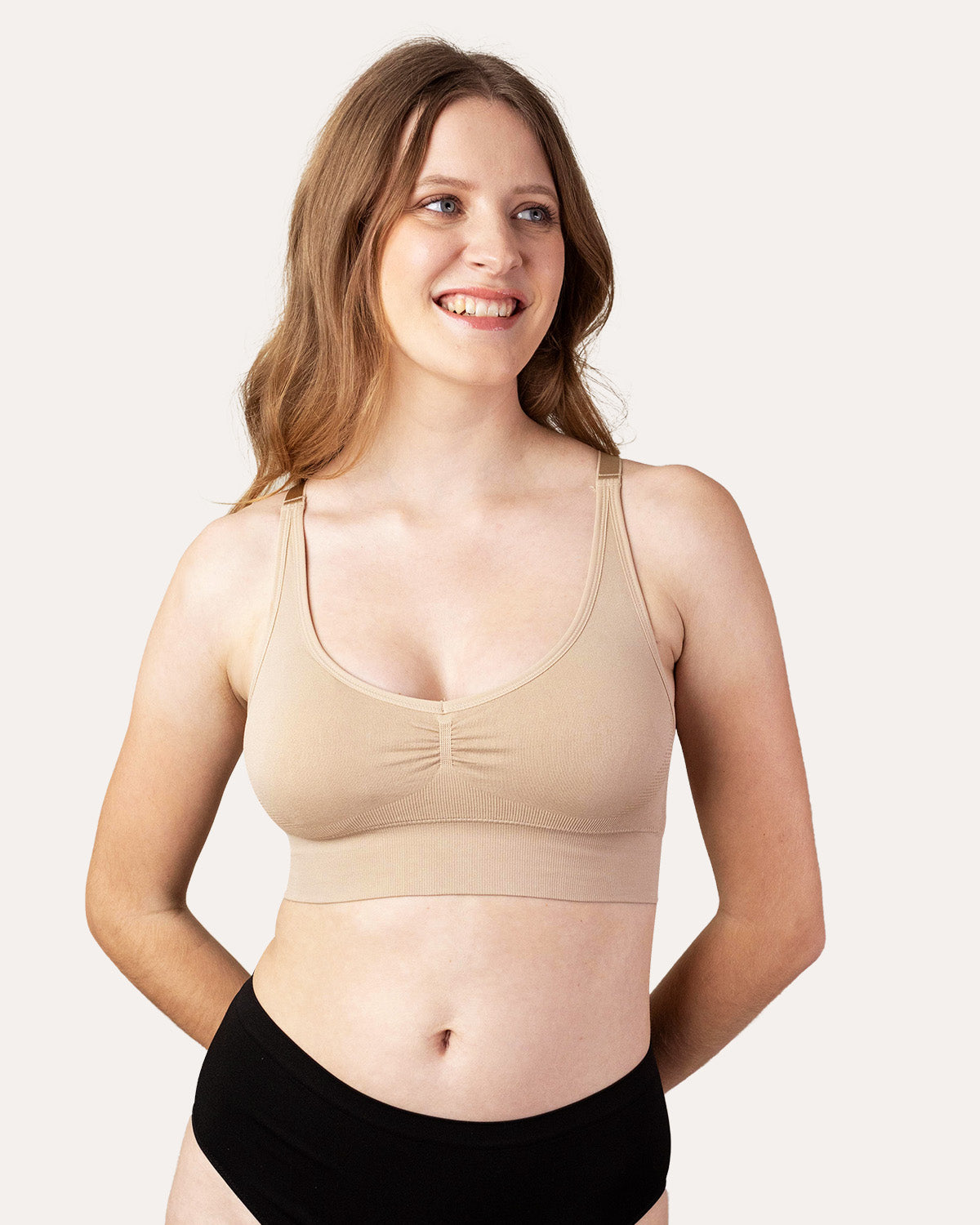Getting your nose pierced is a big decision, and it's something that you've been waiting for. However, before you start, it's important to carefully consider the various options available to you. In addition to choosing the right type of piercing, it's also important to research the jewelry that will complement your nose.

Although nasal piercings are very expressive and fun, they're also important to remember to learn the ins and outs
before getting one. These piercings represent your personality and personal style.
There are so many different types of nose piercings that it's hard to choose just one that's right for you. However,
by doing some homework, you can also learn about the different styles and materials that are available to you. This
guide will help you navigate through the most common questions that people ask about nose piercings.

Can Nose Piercing Hurt?
One of the most common questions that people ask about piercings is their concern about pain. Although everyone has their own tolerance for pain, it is important to remember that any piercing will feel painful at first, but it will usually go away quickly. After all, it only takes a few seconds for the actual piercing to be completed.

Although it's important to remember that piercings will feel sensitive and painful at first, they will usually go
away
quickly. Some people are allergic to certain metals, and this can cause more discomfort at the site of the piercing.
Fortunately, there are some safe metals for nose piercings. Titanium is a safe metal for people with sensitive skin.
It
is commonly used in jewelry, and it is the most common type of metal for pierced skin. Other metals that are
commonly
avoided are gold, which is too soft for body jewelry, and diamonds that have a hardness of 14k or higher. If the
diamond
has biocompatible alloys and does not contain nickel, then gold should be used as an initial piercing. New piercings
cannot be made using gold, silver, or gold-plated jewelry. These types of jewelry have a base metal that wears off
or
gets embedded in the wound. Nickel can also cause a rash if it comes in contact with any type of metal, such as
stainless steel or surgical steel. Black marks on the skin due to silver jewelry can be caused by an allergic
reaction.

Know All The Options
Nose piercings come in many different shapes and sizes, and can be done on both nostrils. Piercing options include nostril piercings, septum piercings, bridge piercings, high nostril piercings, low nostril piercings, and more. Depending on the piercing, jewelry options can range from simple studs to more intricate rings and hoops. Some people even opt for dermal piercings, which are single-point piercings placed in various locations on the nose. Whatever piercing option you choose, make sure you get it done by a professional piercer to ensure the highest level of safety and hygiene.
A nostril piercing is a type of piercing that can be worn with a statement piece or delicate stud. You should avoid getting the ring after the healing has already taken place.

A bridge piercing is a type of facial piercing that involves placing a barbell on the bridge of your nose. It can be
done in a superficial manner, but it can look great if done correctly.
The cartilage and the underside of the nose are referred to as the sweet spot, and hoops are the most common type of piercing in this area. These are easy to hide, and they cannot be rejected by the body. However, if you have a runny nose, these piercings might cause an issue.
This piercing goes through the nose and the nostrils, and it's actually a combination of three different types. High-nose piercings are higher than regular nose piercings. Studs are usually used in this area. A vertical nose tip piercing is also known as a rhinoceros piercing. This method involves using a curved barbell at both ends.

This type of piercing is commonly done with a curved barbell. It involves inserting a piece of jewelry into the tip
of
the nose. It can be painful and time-consuming, but this type of piercing is ideal for people who have healing or
large
size nose piercings.
Which Nostril To Stab
Right nostril or left nostril? Here are a few questions to ask yourself.
If you have a hole pierced, which way would you prefer to part your hair? Do you prefer to sleep on one side or the other?
Nose piercings are not permanent, unlike other body modifications. This means that if you don't like them, you can try something new. Also, unlike other procedures, they don't have to be removed.

How to Care for Your New Piercing
The first step in cleaning is to remove all traces of jewelry and other skin accessories. We will do this after we have gotten out of the shower. Make sure that your hands are thoroughly washed before going back to work.
After washing your hand, take a pea-sized amount of foam and soap and gently clean the area that has been pierced. Doing so will help remove any residue that might have accumulated after your shower. You should also avoid moving or twisting the jewelry to prevent it from getting damaged.
Never use towels or paper towels as they can be breeding grounds for germs. Instead, rinse the soap thoroughly and dry it with clean gauze or paper towels. Doing so will help the wound heal faster.
If you have misplaced your soap, use a medical-grade product that doesn't contain triclosan, dyes, or flavors. These can damage the cells and prolong the healing process.
NOTE: Do not use bar soaps.

We rinse the hard skin that develops after a new piercing to prevent buildup that could delay the healing process.
This
is a common practice to keep the skin looking fresh and clean.
Saltwater spray is a great aftercare for our piercers, and it can be used without additives. Another option is to use a saline solution, which doesn't contain additives.We strongly advise against using any kind of homemade salt mixture on your new piercing. Too much salt can be detrimental to your piercing, as it can irritate the skin, cause infection, and even lead to scarring. Instead, use a saline solution specifically made for piercings, which is much less likely to cause any kind of damage. Additionally, make sure to follow any instructions provided by your piercer and keep your piercing clean and dry.

After a few minutes, use paper towels or gauze to remove debris and hard shells from the wound. This includes the
jewelry's back and any settings or prongs. It's important to avoid taking out a scab, as it can still hold in place.
You
can identify a scar by its location.
Something to Be Aware of
Make sure to check for any issues with your piercing and contact your local piercer to see if they can help you. Don't take this as a sign that your jewelry will be rolled out. Instead, it's important to notice what your piercing looks like.

If there's pus, swelling, or bleeding, it could be a sign of an infection. However, it's not an infection, but a
break in healing. If you notice any of these symptoms, it's important to consult a doctor. Since they're trained to
spot potential issues with piercings, your piercer can direct you to the appropriate medical facility if you have an
opportunistic infection. A nose piercing is an interesting addition to your look, and it's important that you take
good care of it.
































Leave a comment
This site is protected by hCaptcha and the hCaptcha Privacy Policy and Terms of Service apply.